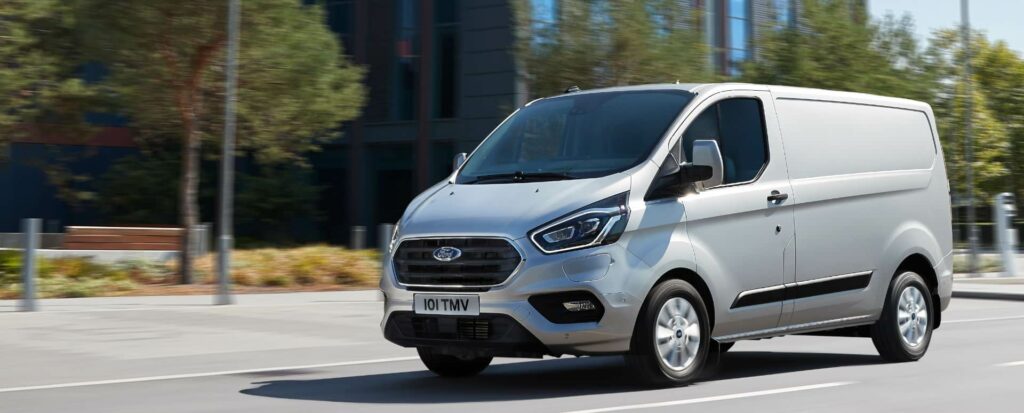
Van leasing is a great option for any business that needs more vehicle options, whether you are a self-employed sole trader or represent a much larger company with branches all over the world. However, just like buying a new van, leasing can have an overwhelming number of options.
Here are some tips for choosing the right van for your needs, as well as the specific details that might matter most.
Van Designs
One of the most important parts of a lease is the general design of the vehicle you are getting. When it comes to something like a Ford Transit Custom lease, there are a lot of details and optional extras to consider.
This is not just for style reasons, either. While it can seem strange to people who are not familiar with van-type vehicles, there are often multiple different sizes, general shapes, and interior configurations to look through. The more niche your requirements are, the deeper you will have to look.
For example, do you want more storage space? That might lead to a van with a longer back section or higher roof. Do you need to move between the cab and the back quickly? Then you want a design that does not have a wall behind the seats. This can all make a huge difference.
Other Configurations
The basic design and features of your new van are also supplemented by other configurations or attachments, many of which are non-standard upgrades. Since leasing does not always allow you to modify the vehicle, you have to ‘take what you can get,’ which is not always ideal for your needs.
Some vans come with extra seating that can be pushed out of the way. Others have pre-installed seating that can only be removed if you physically release the bolts and screws holding them down. These are both great if you need a transport van, but not every company does need that.
Configurations can also refer to things on the outside of the van. Some of these will just be stylistic changes, but others might impact performance or adjust the handling of the vehicle. If you are leasing multiple vans, they might not be identical, so they will all have their own quirks.
Cost
Naturally, there is also the cost of the van. Leasing is generally cheaper than buying but can also limit you from modifying the vehicle. A cheaper lease might also have other restrictions, whereas better vehicle configurations often have higher lease costs.
All of this means that you should keep your budget in mind. If a company is buying ten vans, then buying models that have no extra features can be far cheaper. If you are just a small company that needs one vehicle, though, then a small upgrade can be well worth the extra money.
Groups like Swiss Vans are good at helping their customers compare prices between different models. Having access to benefits like Ford Transit Custom finance options can also make the more expensive designs easier to get, so do not forget this kind of funding choice.




